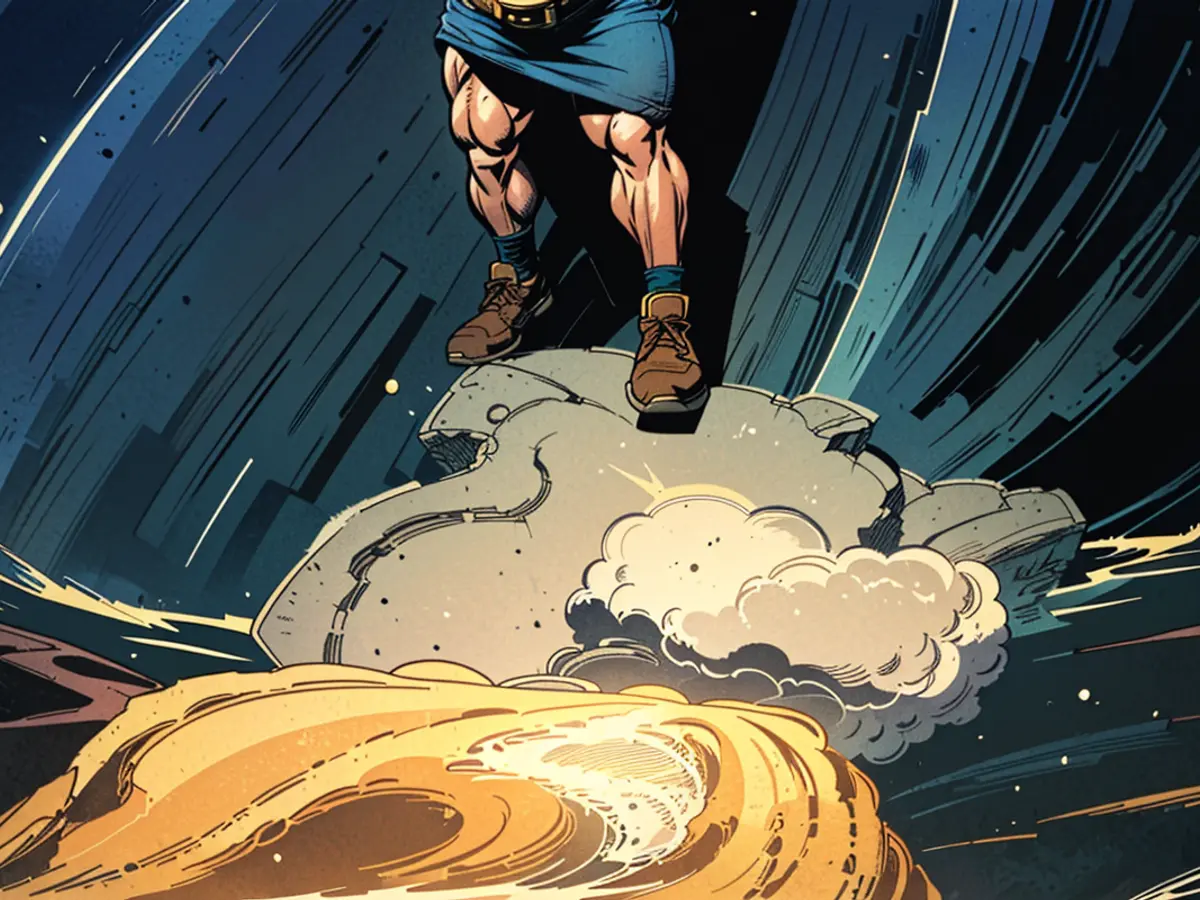Submerged bridge unveils Mallorca's historical background
Today, Mallorca is a well-liked vacation spot, attracting millions of tourists annually. But who were the first individuals to establish settlement here? A submerged bridge might offer some insights.
A study conducted by an international research group implies that the western Mediterranean islands were inhabited far earlier than previously assumed. The study, published in the journal "Communications Earth & Environment", is based on the analysis of a submerged stone bridge located off the coast of Mallorca.
Determining the exact timeline of when the Balearic Islands were inhabited is challenging due to scarce archaeological findings. It was initially assumed that the first settlers arrived roughly 4400 years ago, with Mallorca, Menorca, Ibiza, and Formentera becoming popular holiday destinations today.
However, a research team headed by Bogdan Onac from the University of South Florida has challenged this date. Their study, based on the examination of a submerged stone bridge in the Genovesa Cave, suggests a much earlier arrival date.
The Genovesa Cave, situated near the Mallorcan coast, features passages that were submerged due to rising sea levels and where calcite crusts formed during high sea levels. The research team analyzed these mineral deposits and a vibrant stripe on the 7.67-meter-long structure to determine historical changes in sea level and date the bridge's construction.

Significant Infrastructure
The team concluded that the bridge was constructed nearly 6000 years ago, around 2000 years earlier than previously believed. "The subsequent rise in sea level flooded the archaeological structure, making a later construction date unlikely," the study states. This evidence supports the early presence of humans on the island, dating back at least 5600 years, and potentially even farther back in time.
Paleoclimatologist Onac suggests that early settlers recognized the water resources in the cave and built strategic infrastructure to utilize them. Indications show that people constructed a stone-paved path to the cave's water basin and a sturdy bridge to access the only other dry area of the cave, as stated in the journal. However, the precise reasons for building these structures in the Genovesa Cave remain unclear.
Despite being the sixth-largest island in the Mediterranean, Mallorca was one of the last to be settled, according to the study. Earlier studies suggested that people inhabited the island as early as 9000 years ago. However, concerns were raised due to inconsistencies and poorly preserved artifacts, such as bones and pottery. More recent assessments of charcoal, ash, and bones dated the settlement of Mallorca to around 4400 years ago.

The discovery of the submerged stone bridge in the Genovesa Cave has significant implications for archaeology, as it suggests that human occupation of Mallorca dates back more than 6000 years. The analysis of the bridge and surrounding mineral deposits provides valuable insights into the early inhabitants' lifestyle and their utilization of resources.
Further archaeological investigations in the area are needed to uncover more details about the first settlers and their society, which could contribute to our understanding of prehistoric Mediterranean cultures.







